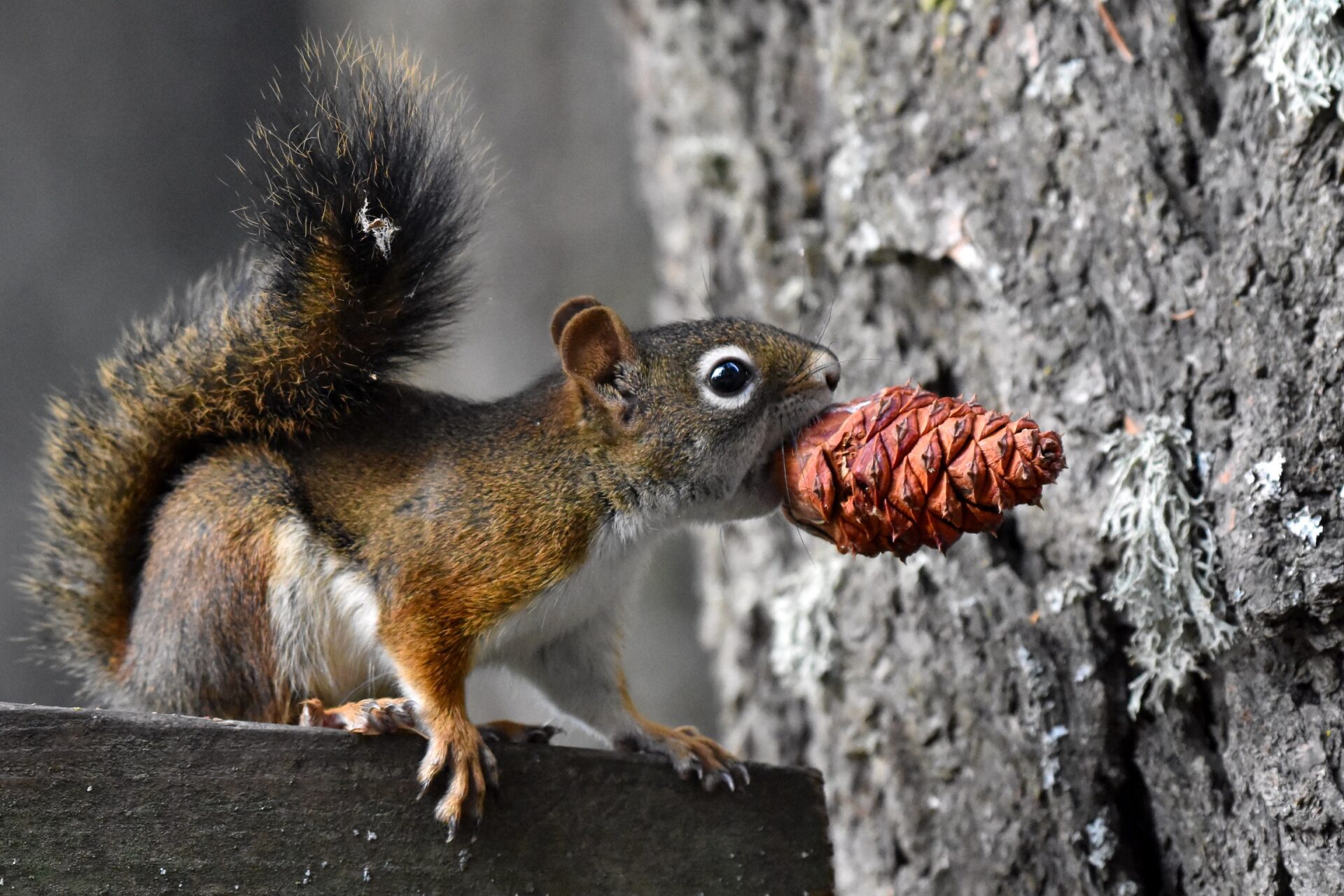Who lives here?
As you explore the preserve today, you’ll be lucky enough to traverse through several distinct habitat types. When you first entered Waikiki, you walked through a flourishing riparian habitat, nurtured by the springs that give this land its name. Riparian ecosystems are those that exist on the banks of rivers and streams–they attract plant species that thrive in wet soils and the animals that depend on them. Observe carefully and see if you can spot the red berries of the highly resilient silver buffaloberry, which can survive both drought and flood, or its most common customer, the mule deer, which relies on the plant for food. Or maybe you’ll find a dark-eyed junco (a type of sparrow) eating the small, purple berries of the Oregon grape! And while you’re busy looking down to catch signs of the smaller side of life, don’t forget to turn your head upwards from time to time to admire the imposing black cottonwoods that stand sentinel in the overstory.
As you move away from the Little Spokane River, you’ll enter into an upland region characterized by large stands of ponderosa pine, our official Spokane City tree! These ponderosa provide critical habitat for mammals both large and small–from moose to gray squirrels. Dead ponderosas make great nesting habitats for woodpeckers! If you’re lucky, far enough away from the water, you might catch another resident of the forest–the bald eagle. Arguably the most famous bird in America, bald eagles like to make their nests in large, mature trees. These birds also habitually return to the same trees year after year to make their nests. From a distant vantage point on Eagle Trail, you may be able to catch them at work high up in the branches of a mature cottonwood overlooking the preserve.
